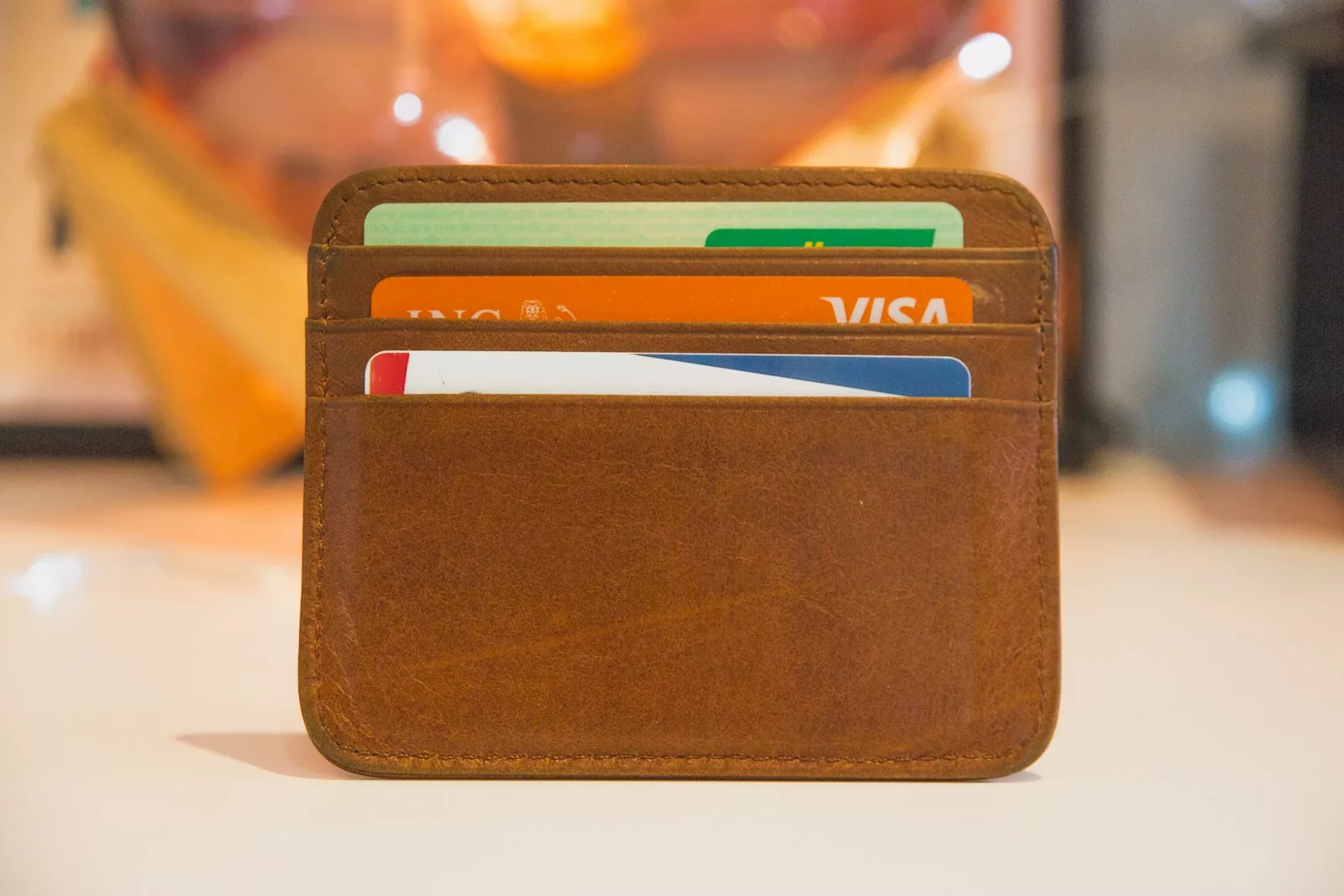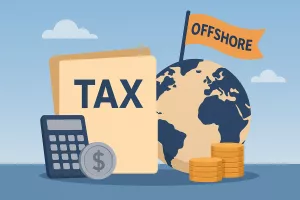Credit cards and charge cards are both powerful financial tools that allow users to make purchases without using cash. While they may appear similar at first glance, they operate under distinct financial principles, influencing everything from how balances are paid to how they impact a user’s credit score. Understanding these differences is essential for consumers who want to maximize financial flexibility while avoiding unnecessary fees and penalties. Knowing whether to use a credit card or a charge card depends on spending habits, financial discipline, and specific benefits offered by each type of card. Choosing between a credit card and a charge card can significantly impact financial stability and purchasing power. Credit cards offer convenience with the ability to carry a balance, while charge cards enforce discipline by requiring full monthly payments. Additionally, the type of card you use can influence your ability to access financial opportunities such as loans, mortgages, and other credit-based products. With a better grasp of their differences, consumers can align their choice with their financial goals and lifestyle needs.
Credit Cards Definition and How They Work
A credit card is a revolving line of credit that allows cardholders to borrow money up to a pre-approved credit limit. Users can carry a balance from month to month by making at least the minimum payment, though interest is charged on any unpaid balance. Because of their flexibility, credit cards are widely used for everyday purchases, emergencies, and even financing large expenses over time. Credit cards function as short-term loans, providing access to funds instantly and allowing users to manage cash flow efficiently.
Cardholders can take advantage of promotional offers such as 0% interest balance transfers or introductory rewards programs. Many credit cards also come with fraud protection, extended warranties, and price protection, making them a versatile financial tool beyond just purchasing power.
Key Features
- Revolving Credit: Borrow up to a specified limit and carry a balance from one billing cycle to another if needed.
- Interest Charges: Interest applies to any unpaid balance after the due date. Rates vary based on creditworthiness and issuer policies.
- Flexible Payments: Users can pay the full balance, make minimum payments, or any amount in between.
- Fees: May include annual fees, late payment fees, foreign transaction fees, and cash advance fees.
- Rewards and Benefits: Many credit cards offer cashback, travel points, airline miles, and purchase protections.
- Credit Building: Responsible use of a credit card can help build and improve a credit score, making it easier to qualify for loans and mortgages.
- Fraud Protection: Many credit cards provide zero liability policies, safeguarding users from unauthorized transactions.
Charge Cards Definition and How They Work
A charge card is a type of payment card that requires users to pay the full balance at the end of each billing cycle. Unlike credit cards, charge cards do not have a preset spending limit, but spending power is determined by factors such as income, creditworthiness, and payment history. Because balances must be paid in full each month, charge cards encourage responsible spending and financial discipline. Charge cards act as a financial tool for high-spending individuals or businesses that require flexibility without the burden of fixed credit limits.
Since the balance must be paid in full, charge cards help cardholders avoid long-term debt and interest accumulation. However, their strict payment requirement means they are not ideal for those who need the ability to carry a balance.
Key Features
- No Pre-Set Spending Limit: While there is no fixed credit limit, the issuer determines how much the user can spend based on financial behavior.
- Full Payment Required: The entire balance must be paid in full each billing cycle, with no option to carry over a balance.
- No Interest Charges: Since balances cannot be carried over, interest fees do not apply.
- Fees: Often have higher annual fees compared to credit cards, particularly for premium rewards programs.
- Exclusive Rewards and Perks: Typically offer premium benefits, such as travel perks, concierge services, hotel upgrades, and airline lounge access.
- Strict Approval Requirements: Charge cards usually require excellent credit and a high income, making them less accessible than traditional credit cards.
- Financial Discipline: Encourages users to manage spending carefully by requiring full balance payments.
Exploring the Nuances: Detailed Comparison
Understanding the subtleties between credit cards and charge cards can help you make more informed financial decisions. Let’s delve deeper into specific aspects that differentiate these two types of cards.
Spending Limits and Financial Flexibility
- Credit Cards: With a fixed spending limit, credit cards can sometimes restrict spending, especially if you’re nearing your credit limit. However, this helps maintain financial discipline and prevent overspending.
- Charge Cards: The absence of a fixed limit offers flexibility. High-income individuals or frequent travelers might find this beneficial as it allows for greater spending power without worrying about maxing out a predetermined limit.
Payment Flexibility and Financial Discipline
- Credit Cards: Provide the option to carry a balance, which can be advantageous during financial crunches. However, this flexibility can lead to accumulating debt if not managed responsibly.
- Charge Cards: By requiring full payment each month, charge cards enforce financial discipline. This can discourage impulse purchases and ensure that you’re living within your means.
Interest Charges and Cost Implications
- Credit Cards: Interest rates can significantly impact your finances if you carry a balance. Understanding APR (Annual Percentage Rate) and taking advantage of low or 0% introductory rates can be crucial.
- Charge Cards: Offer relief from interest charges, but late payments can result in hefty fees. Timely payments are non-negotiable to avoid penalties.
Practical Tips for Choosing and Using Cards
Selecting the right card involves assessing your financial habits and goals. Here are some practical tips to guide your decision:
Evaluating Your Financial Situation
- Assess Your Spending Habits: Are you someone who pays off their balance regularly, or do you tend to carry a balance from month to month? This can significantly influence your choice.
- Consider Your Income Stability: Higher income and stable cash flow make charge cards a feasible option, while those with variable incomes might prefer the flexibility of credit cards.
- Analyze Your Credit Score: A good credit score can unlock better rewards and lower interest rates on credit cards, while charge cards require excellent credit for approval.
Card Selection Strategies
- Research and Compare: Look at various cards, compare interest rates, fees, and rewards programs. Sites like NerdWallet or Credit Karma offer comparison tools.
- Understand the Terms: Always read the fine print, especially regarding fees and penalties. Some cards offer an introductory period with no fees or interest.
- Evaluate Rewards: Consider what type of rewards benefit you most—cashback, travel points, or specific retailer discounts.
Avoiding Common Pitfalls
- Over-Reliance on Credit: Avoid using credit to supplement income. This can lead to financial strain and increased debt.
- Ignoring Fees and Charges: Be aware of potential fees associated with your card, such as foreign transaction fees or cash advance fees.
- Neglecting Payment Dates: Late payments impact credit scores and incur penalties. Set reminders or automate payments to avoid missing due dates.
Real-Life Case Studies
Let’s look at a few scenarios to illustrate how different people benefit from these cards:
The Frequent Traveler
Meet Sarah, a consultant who travels extensively for work. She opts for a premium charge card that offers airline lounge access, travel insurance, and double points on travel expenses. Despite the high annual fee, the perks outweigh the costs for her lifestyle. She diligently pays her balance in full each month, maximizing rewards without incurring penalties.
The Budget-Conscious Shopper
John is a graduate student who uses a no-annual-fee credit card with cashback rewards on groceries and gas. He appreciates the ability to carry a balance occasionally, especially during tight months. By paying more than the minimum whenever possible, he minimizes interest costs while building his credit history.
Impact on Credit Score
Both types of cards can influence your credit score, but the impact varies based on usage:
- Credit Cards: Utilization ratio, or the amount of credit used compared to the credit limit, plays a significant role. Keeping this ratio below 30% is advisable. Regular, on-time payments boost your credit score.
- Charge Cards: Since they lack a preset limit, they don’t directly affect the utilization ratio. However, missed payments can negatively impact your score. Timely payments demonstrate reliability, improving creditworthiness.
Navigating Approval Processes
Understanding approval requirements can prepare you better:
- Credit Cards: Approval is based on credit score, income, and existing debts. Some cards cater to those building credit, offering lower limits and higher interest rates.
- Charge Cards: Typically require excellent credit and higher income levels. The application process may involve more rigorous checks and documentation.
Building Financial Literacy
Educating yourself about financial products is a lifelong journey. Here are some steps to enhance your financial literacy:
- Stay Informed: Follow financial news, read articles, and participate in webinars. Websites like Investopedia or The Balance offer valuable insights.
- Seek Professional Advice: Financial advisors can provide personalized guidance, especially for complex financial situations.
- Practice Responsible Credit Usage: Regularly review your credit reports, available from agencies like Equifax or TransUnion, to ensure accuracy and understand factors influencing your score.
The Future of Payment Cards
The evolution of financial tools continues, with trends shaping how we use credit and charge cards:
- Digital Wallets and Contactless Payments: Increasingly popular, offering convenience and security. Many cards now integrate with services like Apple Pay or Google Wallet.
- Enhanced Security Features: EMV chips, biometric verification, and tokenization are becoming standard, protecting against fraud.
- Sustainability Initiatives: Some issuers now offer cards made from recycled materials or contribute to environmental causes.
- Personalization: Tailored rewards programs and spending insights help consumers optimize their financial strategies.
Understanding these trends and adapting to new technologies can enhance your financial management skills, ensuring you’re prepared for the future.
By exploring the nuances between credit cards and charge cards, you can make informed decisions that align with your financial objectives. Whether you prioritize flexibility and rewards or discipline and exclusivity, the right card can be a valuable partner in achieving financial well-being.




